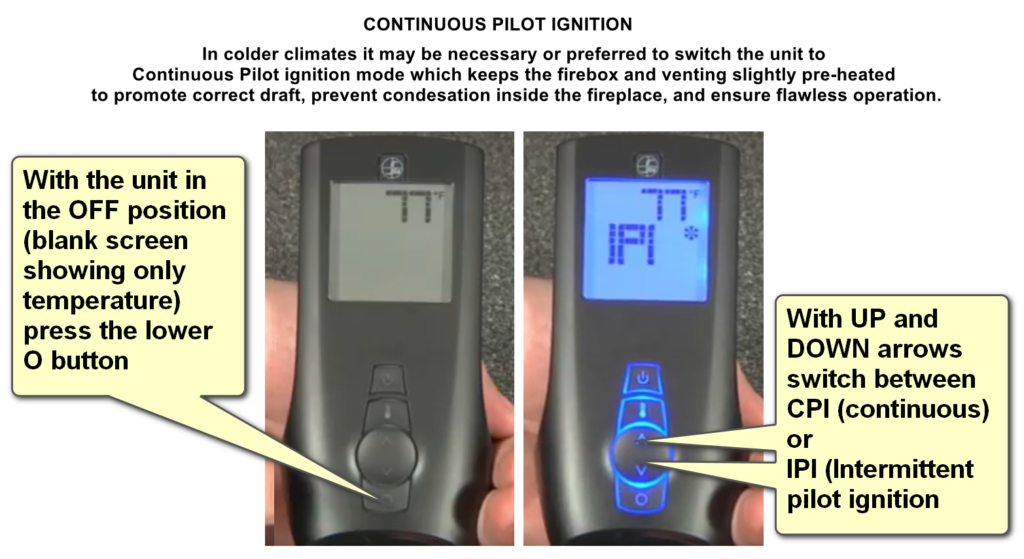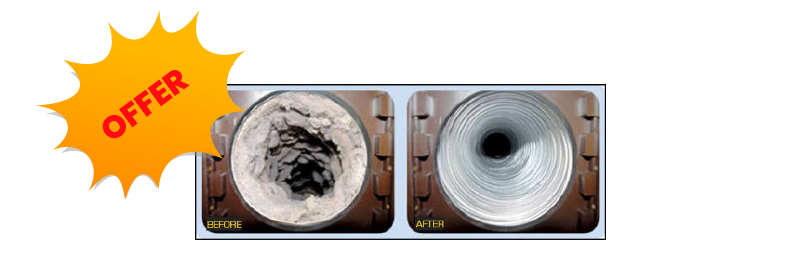Call Us:
1800-CHIMNEY
530 - 386 - 5955
CPI vs IPI mode
CPI – Continuous Pilot Ignition, means your pilot light stays on constantly, even hen the fireplace main flame is not on.
IPI – Intermittent Pilot Ignition, means your pilot is lit only on demand to ignite the main burner, right after you turn the fireplace on.
Why would I ever use the CPI mode?
In some areas of the country you may need to use thee CPI mode in order for the fireplace to function properly. This has to do with low outdoor temperatures and/or high humidity, chimney height and location.
1. When your pilot light stays on during CPI mode it pre-heats the interior of the firebox, helps to remove excess moisture could otherwise interfere with pilot ignition in IPI mode.
2. CPI mode keeps the exhaust pipe slightly preheated. As the warmed air naturally rises in the pipe it combats the heavy cold air that constantly tries to enter it making sure that when the main fireplace flame comes on it’s fumes can follow the pre-established upward draft in the pipe.
3. Otherwise in IPI mode the main flame fumes may struggle to exit through the column of cold air sitting in the pipe and cause the main flame to “choke” on its own fumes. As a result you may see your main flame starting up and dying several times a within the first few minutes after you turn the fireplace on. It may eventually succeed, but if it does not the main computer may go into a “lock-out” mode and may require to be reset (unplugged from power for a few minutes) before you try the fireplace to work in IPI mode again. To avoid all this switch to CPI mode.
How to turn CPI mode on?














